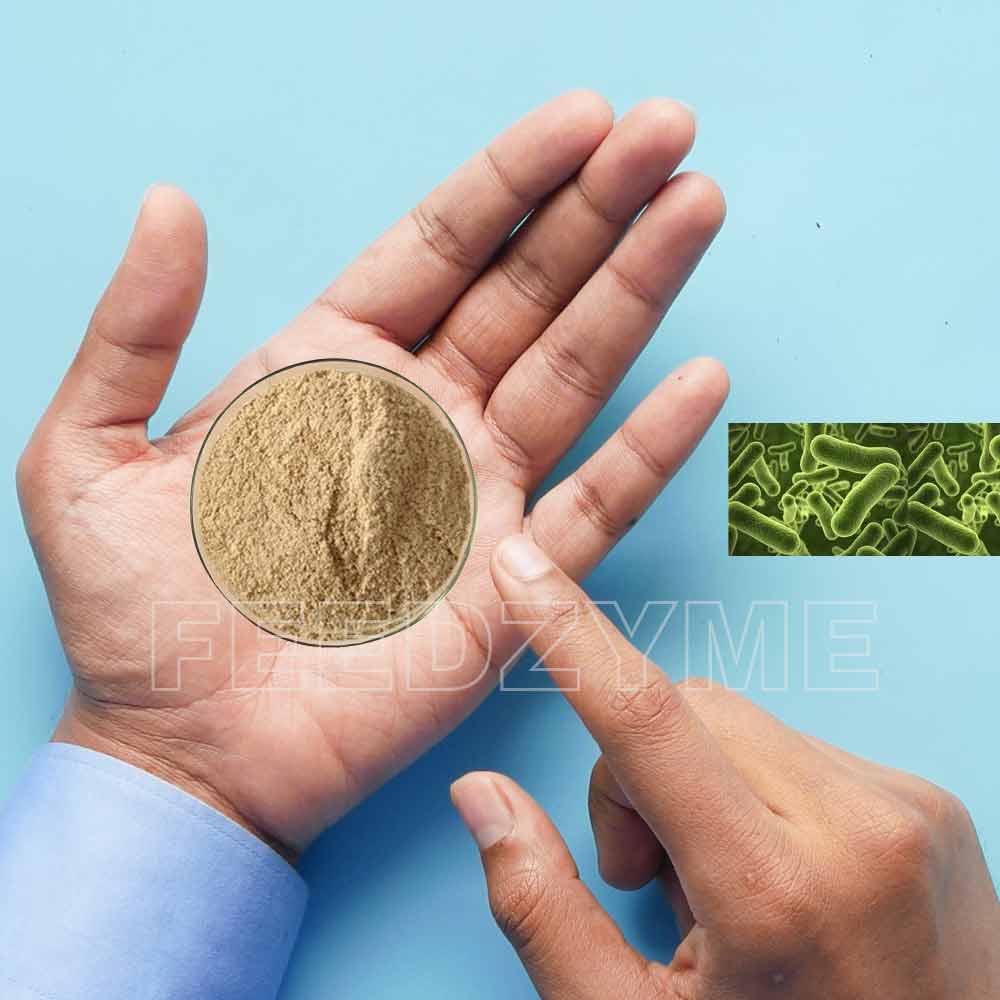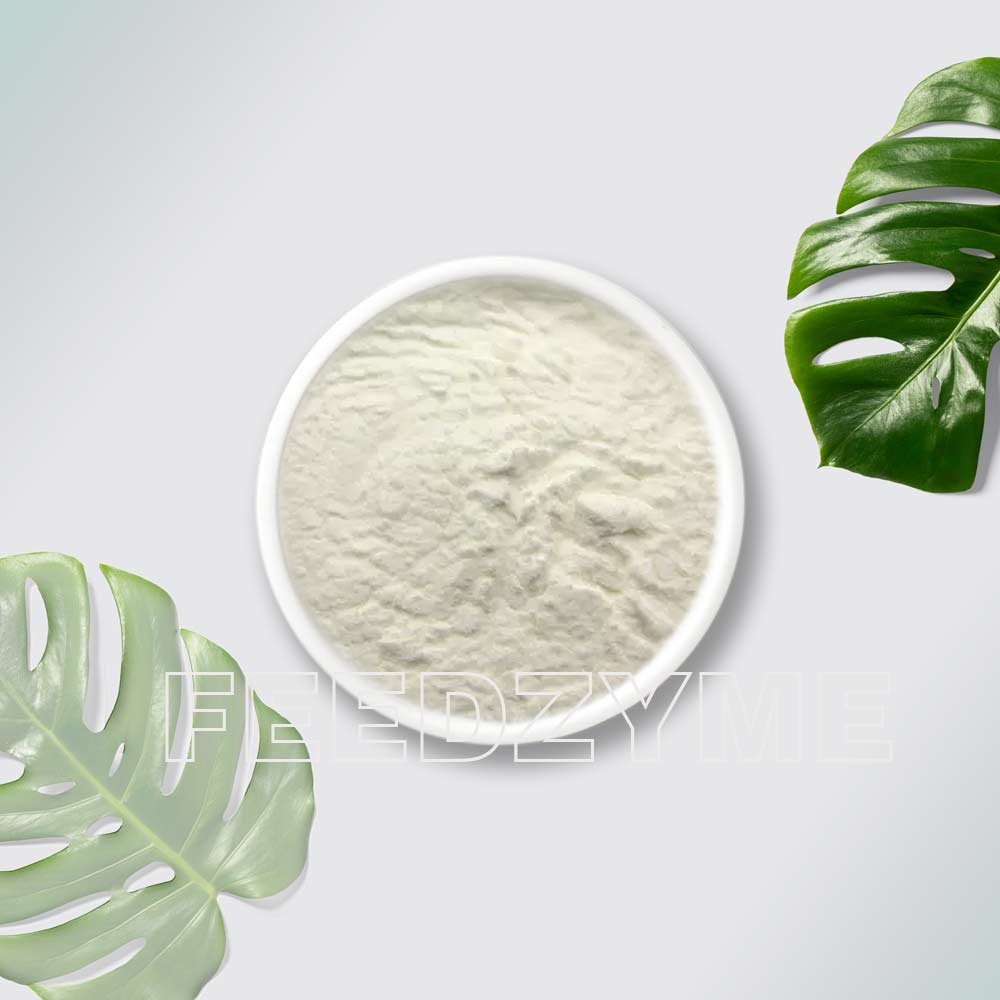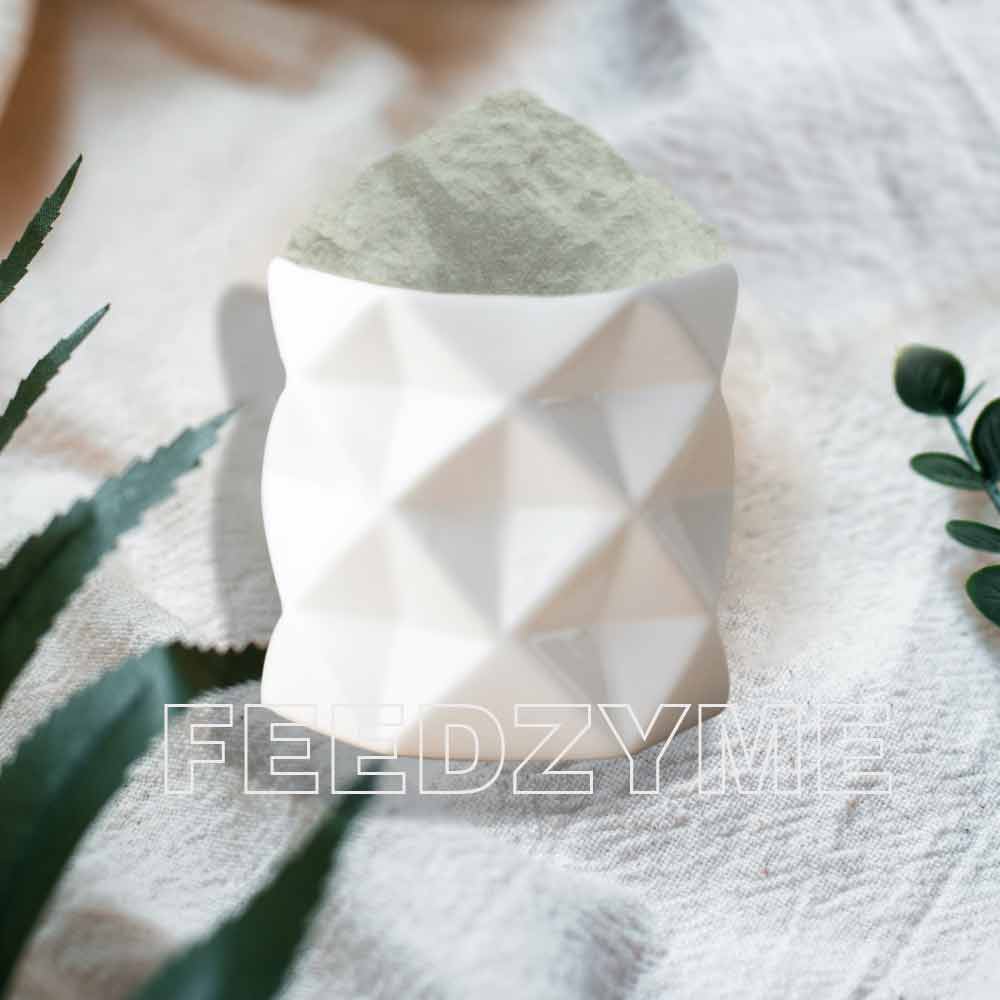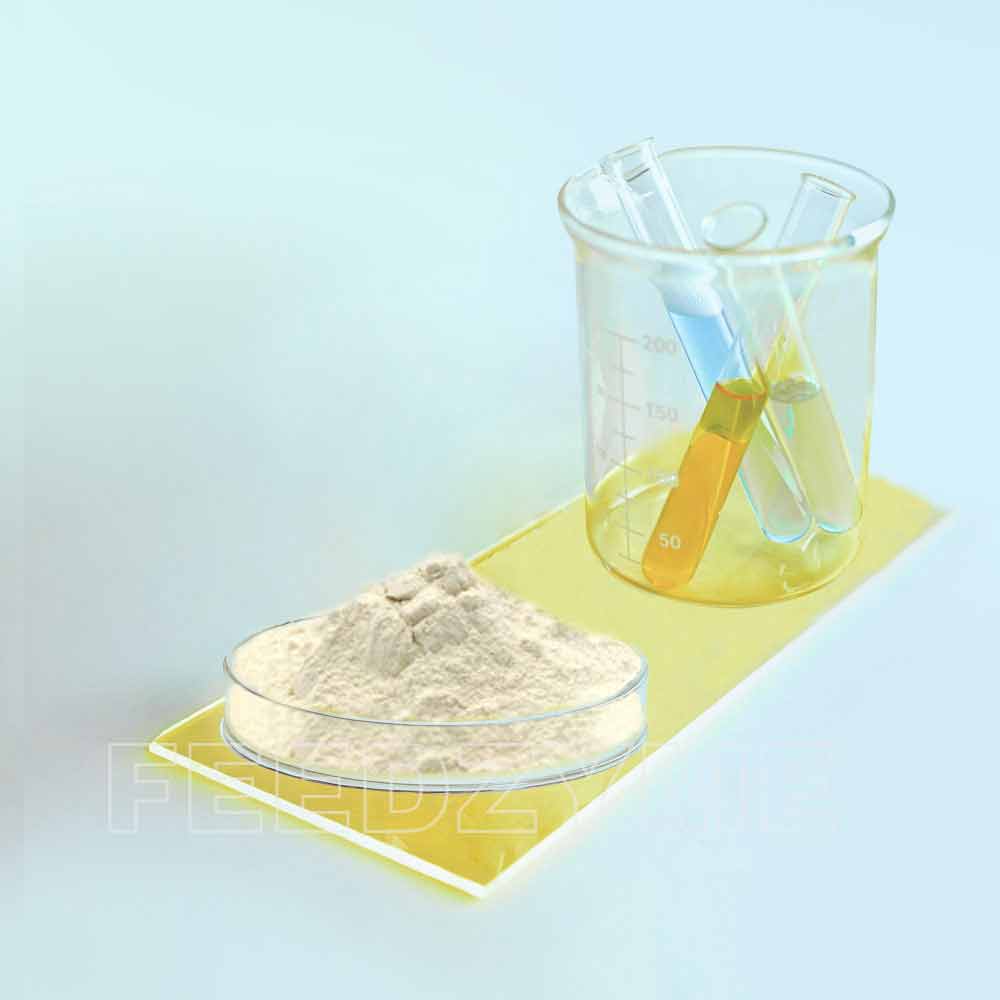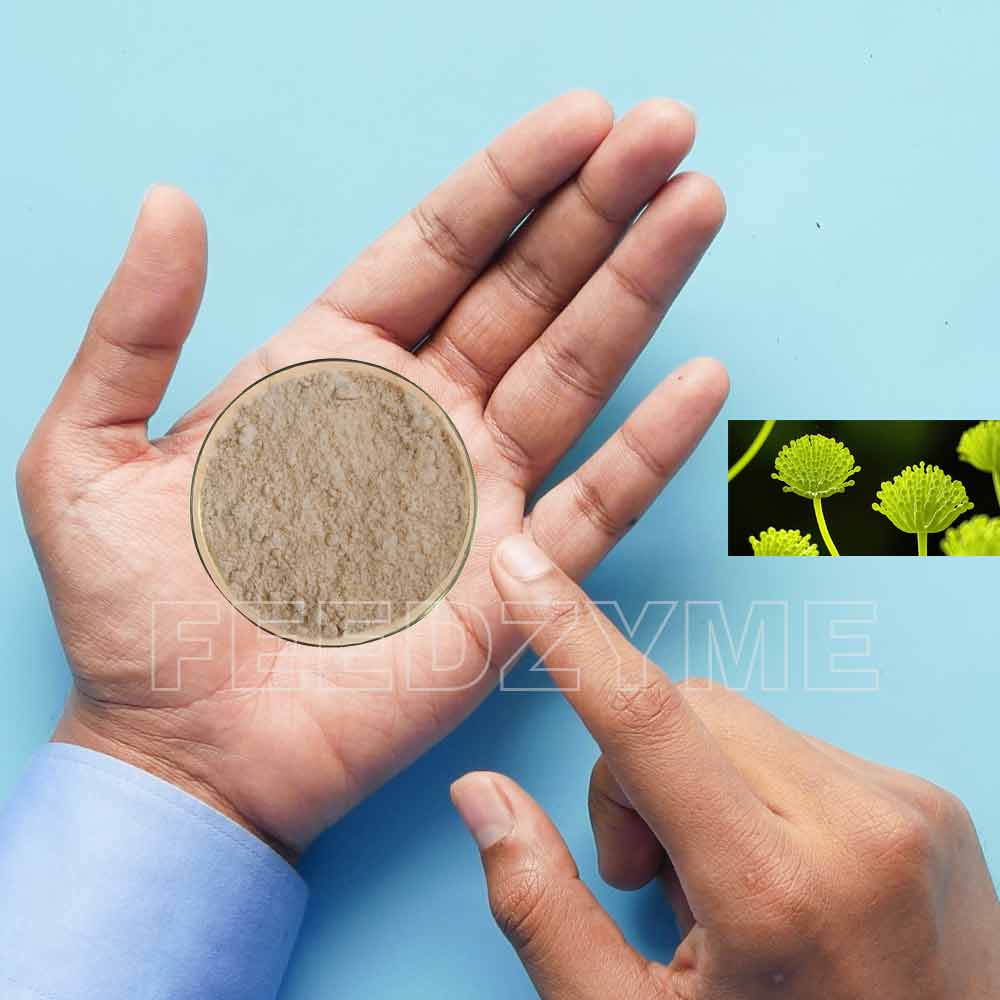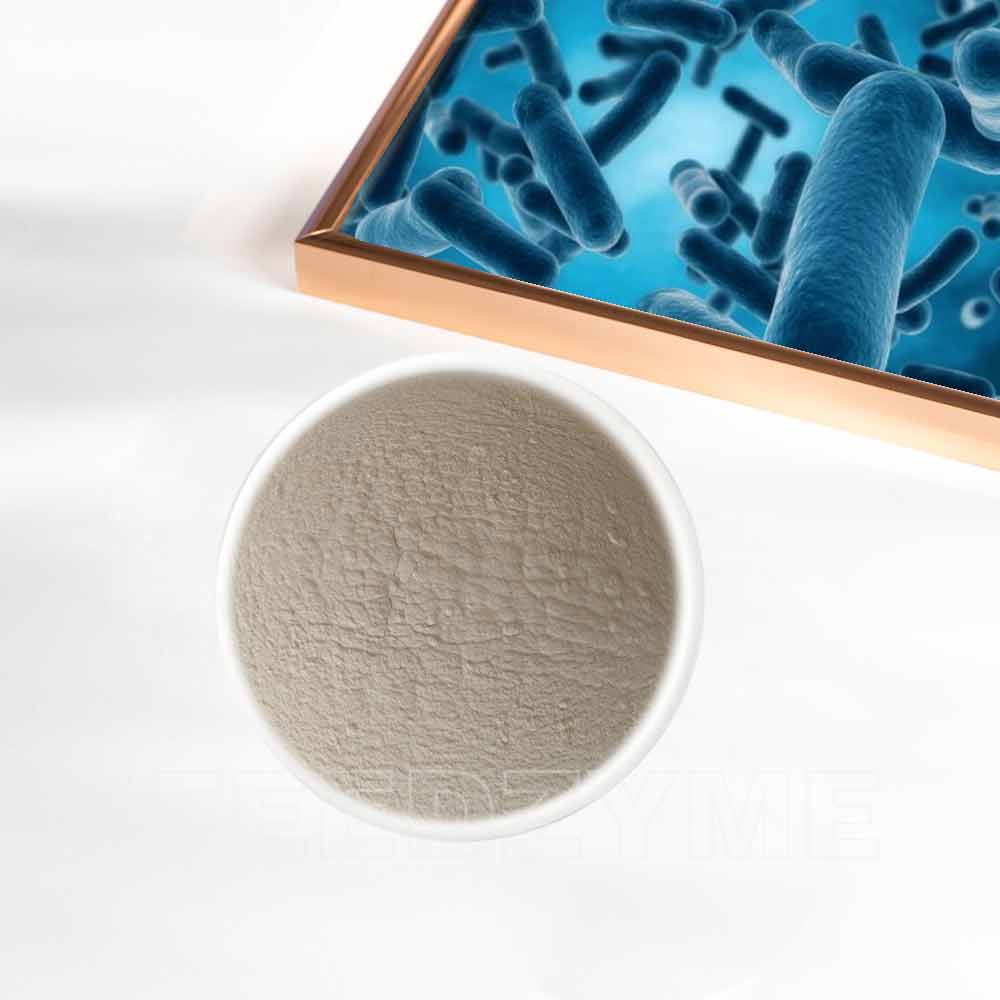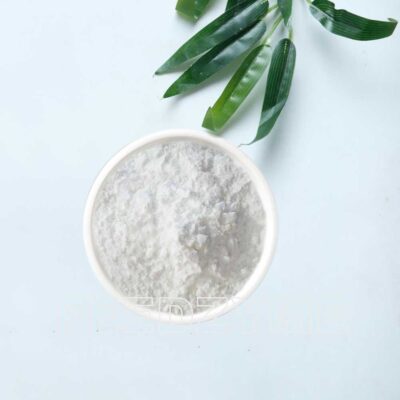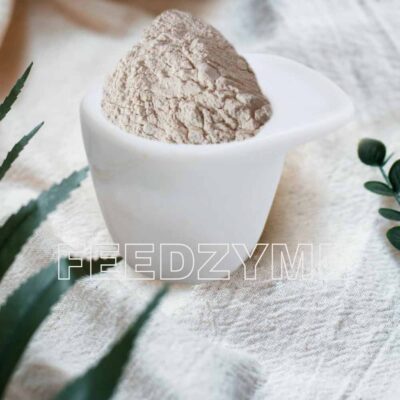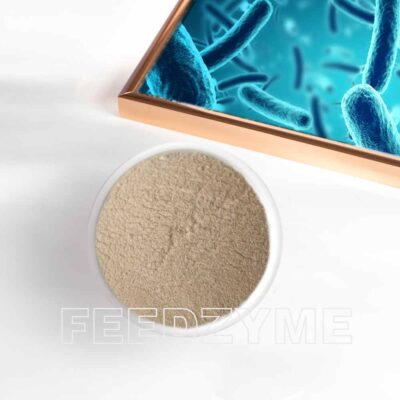Bacillus Amyloliquefaciens
Bacillus amyloliquefaciens is widely used in feed additives of poultry, livestock, aquatic animals, ruminants etc., which can maintain intestinal health and improve feed conversion rate.
Categories: Feed Additives, Feed Probiotics
Product Description
Brief introduction
Bacillus amyloliquefaciens, also known as B. amyloliquefaciens, is a gram positive soil bacteria closely related to the species Baciullus subtilis. The two species share many homologous genes and appear so similar it is not possible to visually separate the two species.
All members of the Bacillus genus have thick cell walls that lead to a positive result in the Gram stain test, and they are also oval in shape, and they often appear as long chains unlike many other Bacillus species that form as single cells. B. amyloliquefaciens is aerobic and it can produce endospores. The optimal temperature for cellular growth is between 30 and 40°C.
Bacillus amyloliquefaciens is widely used in feed additives of poultry, livestock, aquatic animals, ruminants etc.. In addition, it is also used as a biological fungicide in agriculture, aquaculture and hydroponics to combat root pathogens and improve root tolerance to salt stress. Related Readinging >>>
Feature
Bacillus amyloliquefaciens is a multifunctional probiotic feed additive refined by natural microorganisms through advanced liquid fermentation and spray drying processes. It is an aerobic gram-positive bacterium, non-toxic, harmless, residue free, pollution-free, with significant effect, and is the best choice for green, healthy and environmental protection breeding.
Mechanism
1. Releases a variety of antibacterial substances and strongly inhibits the growth of Salmonella, Listeria and Shigella by changing the permeability and integrity of the biofilm.
2. prevent the pathogenic bacteria from adhering to the intestinal epithelial cells, which can fight host cell adhesion sites to pathogenic bacteria to prevent pathogens from binding to epithelial cells to protect host cells.
3. Biological capture of oxygen, reduce the pH of the digestive tract and maintaining the intestinal microecological balance.
4.Produce a variety of enzymes and immune adjustment factor to improve feed utilization and disease resistance.
For more information, please contact us.







